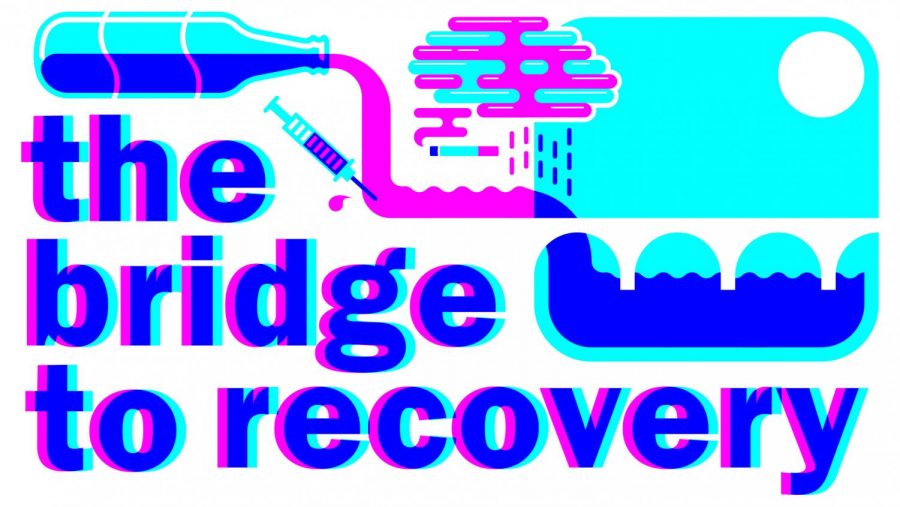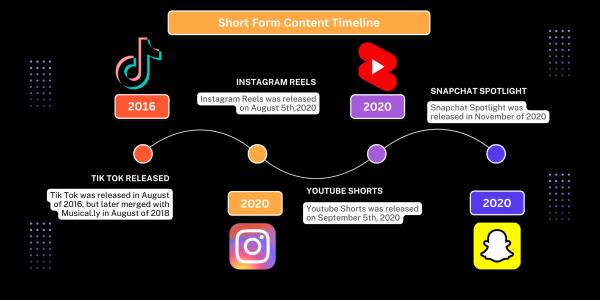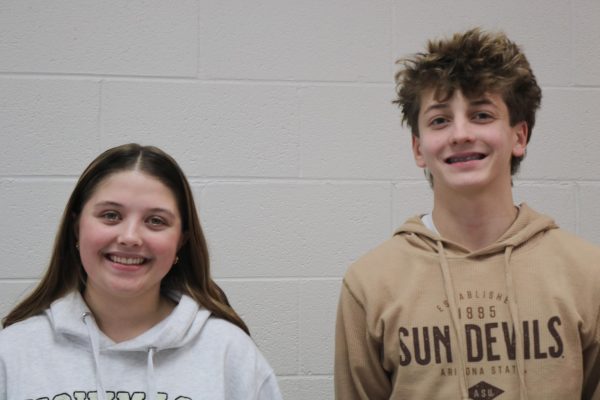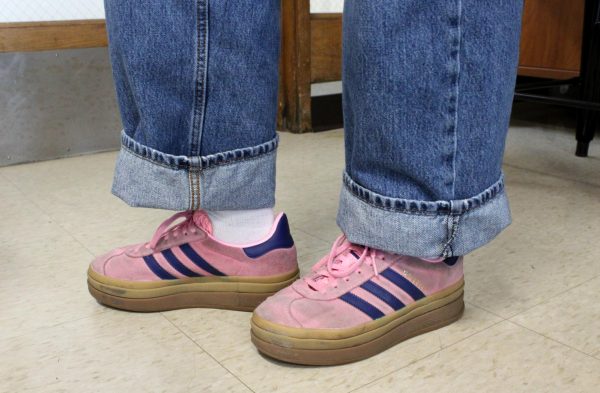The Bridge to Recovery
It often isn’t easy being a high school student, especially for those who are battling drug or alcohol addictions, or struggling with their mental health.
There are a number of different reasons adolescents may go to a treatment facility. In most cases, adolescents are forced into treatment by their parents or social workers, and initially, they are often very against the idea.
Prior to working as the health and wellness director at LHS, Dr. Brenda Nelson had 13 years of experience having direct encounters with kids who struggled with drugs.
“One way I found, especially if someone was resistant [to receiving treatment], [is to say] look, we all need a timeout sometimes in life… a time to say, OK let’s kind of insert parentheses and take time to think about what’s working, what’s not working, and to take oneself out of one’s immediate context and just reflect is really helpful,” Dr. Nelson said.
In severe cases of addiction or mental illness, an intensive occupational form of treatment called inpatient may be the best option for students.
According to LHS social worker Mr. Greg Loika, “stabilization is their main focus when [treatment is] that intensive, and then they’re trying to work towards getting you back into your life areas of function. In this case for students, school.”
LHS social worker Mrs. Lindsay Recsetar described any treatment facility as “a safe place that’s kind of a wrap-around of everything [students] need at that time.”
In the case of one LHS senior girl, who requested anonymity in order to protect her privacy, she was forced into treatment: “The school found my suicide note… [the social workers] pretty much said that ‘you can’t come back to school. You have to get treated.’ That’s when my parents actually called 911 on me to go.” This senior girl spent three days at an inpatient facility.
“When I was leaving inpatient, I remember a woman told me, ‘I really hope to never see you again,’ in you know, the best way possible. I think that’s really stuck with me because I don’t want to go back there…it was kind of a wake up call for me that I need to get myself in check and I can’t just hide things,” she said.
Upon leaving a long-term or inpatient facility, patients can continue to seek support from either an Intensive Outpatient Program (IOP) or a Partial Hospitalization Program (PHP), depending on their condition. For patients whose conditions never required long-term or occupational treatment, IOP and PHP facilities are also options, providing patients with the necessary support in their recovery process.
The senior girl spent a little over a week in PHP immediately after her time as an inpatient. Still out of school, she went to PHP during the hours she traditionally would’ve been at school and went home at night.
Reflecting on her time in PHP and inpatient, the senior girl explained that for people struggling with mental illnesses, “time isn’t what helps. It’s learning how to deal with things that make you anxious. If you never address something, you will carry it with you throughout your whole life… things don’t automatically get better. You definitely have to work at it.”
Even after treatment, this senior girl still battles depression and anxiety, but she has learned different coping skills to help her manage any sort of situational depression she may have: “I started getting better when I actually started doing mindfulness techniques, and I actually now acknowledge that this is something that I have to deal with, it’s not something I can just ignore.”
For people who struggle with drug and alcohol abuse and are looking to get sober, they can seek rehabilitation from long-term programs. This type of occupational treatment allows patients to focus entirely on getting better, without any distractions from their traditional environment. There is no fixed amount of time that patients spend in a program like this; it is over when patients are confident in their ability to overcome their dependence on drugs and alcohol.
All throughout his sophomore year, a former LHS student named Kevin, whose last name isn’t being revealed in order to protect his identity, struggled with serious drug and alcohol addictions. Living with his dad in Glencoe and attending New Trier High School during his junior year, Kevin’s dad realized the extent of his son’s drug problem and sent him to a local treatment facility called Rosecrance Intensive Outpatient Program.
Eventually his drug and alcohol problem got Kevin kicked out of his dad’s house and he was forced to live with his mom in Atlanta. It was there that Kevin spent the majority of what would have been second semester of his junior year getting sober through a program his mom forced him into called Second Nature Blue Ridge, or Wilderness, as Kevin referred to it.
During this time, Kevin was completely removed from his traditional environment and spent 13 weeks in the woods with no access to drugs or alcohol. Kevin described these 13 weeks as life-changing, but initially he was entirely against the idea of receiving treatment, let alone living in the woods for two and a half months: “You’re literally in the wilderness. You have a tarp instead of a tent. You cook you own food over a fire. You don’t even shower.”
Seven weeks into the 13-week long program, Kevin started to get honest about his addiction, the cruelty he showed towards his parents, and how he had been using while in IOP. Kevin experienced such a strong feeling of change while in Wilderness that he made the decision not to return home once the program ended. He didn’t want to relapse by being put back into the same environment he came from, so instead he went to Inbounds Ranch Academy in Tucson, Arizona, a program that helped Kevin maintain his sobriety and establish himself as a young adult out in the real world.
Although rehabilitation and other treatment programs don’t always have the same transformative impact on all adolescents, the senior girl and Kevin claim that while they both resisted treatment at first, their rehabilitation programs changed their lives. For students who are struggling, the LHS senior girl encourages them to ask for help.
“Don’t be afraid to seek help… You can move on from it. I’m in a much better place than I was then. That wasn’t the end all be all, that wasn’t my life,” she said. “I really said to myself, ‘I don’t want to die, but this is no way to live.’ That’s something that I really live by.”
If you or someone you know is struggling with mental health issues or substance abuse, you should contact a counselor or social worker in your LST. Available 24 hours a day, students struggling with depression and self-harm can also call the National Suicide Prevention Lifeline at 1-800-273-8255.
Kylie Rodriguez contributed to the reporting of this story.







![Senior River Thompson joins the Jazz Ensemble by singing “That Old Black Magic” by Mercer and Arlen Arr. Mark Taylor, along with senior Annie Brody on guitar and junior Thomas Teixeira on bass, earning big applause. “[The concert had] great energy because it's the last [jazz concert] of the year,” Brody said.](https://www.lhsdoi.com/wp-content/uploads/2025/04/Eight-That-Old-Black-Magic-600x400.jpg)
![Mr. Abullh Ali, manager/assistant, helps open Queen Yemeni Coffee in downtown Libertyville at 606 North Milwaukee Ave. With the help of employees such as manager and LHS senior Yousef Taha, they are able to bring the Yemeni and Ethiopian culture to Libertyville by using their Queen spices, cinnamon and cardamom in their drinks such as Adani Chai, which is inspired by Sheda, the Queen of Yemen and Ethiopia. “The history of our coffee [is] a long history and we believe that Yemen and Ethiopia started the coffee and we are bringing something unique to the community,” Mr. Ali said.](https://www.lhsdoi.com/wp-content/uploads/2025/04/Photo-1-600x400.jpg)


